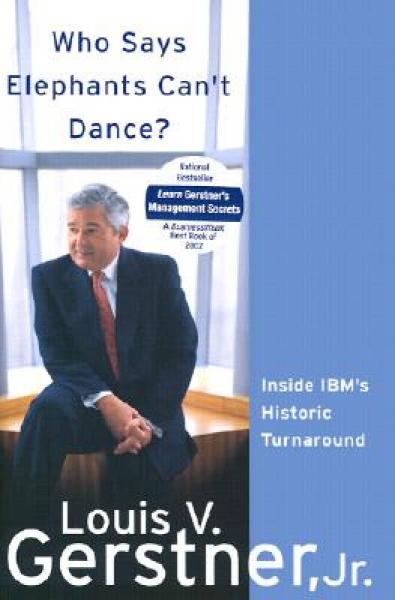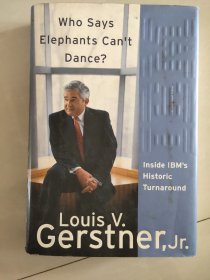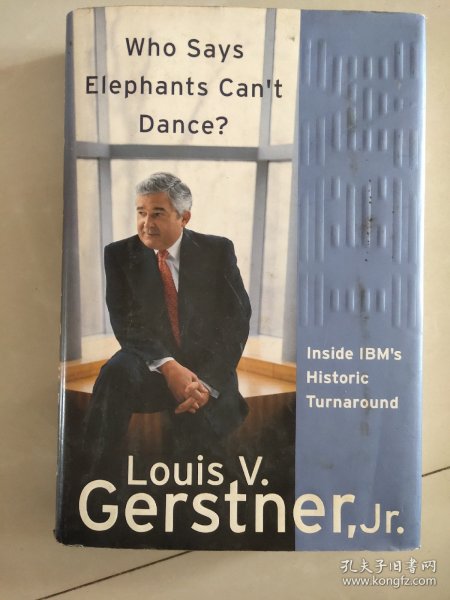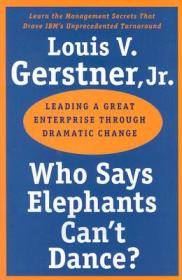Who Was Alexander Hamilton?
Pollack, Pam;Belviso, Meg;Putra, Dede
¥28.00
起
Who Was Bruce Lee?
Gigliotti, Jim;Hinderliter, John
¥8.00
起
Who Was Alexander the Great?
Waterfield, Kathryn;Waterfield, Robin;Thomson, Andrew
¥20.00
起
WhoWeretheBrothersGrimm
Who Were 著
¥10.00
起
Who Was Jane Austen?
Fabiny, Sarah;Hoare, Jerry
¥10.00
起
Who Are Venus and Serena Williams?
Buckley, James Jr;Thomson, Andrew
¥20.00
起
Who Was Julius Caesar?
Medina, Nico;Foley, Tim
¥10.00
起
Who We Are and How We Got Here:Ancient DNA and the New Science of the Human Past
David Reich
¥99.00
起
WhoWasFridaKahlo?
Sarah Fabiny、Jerry Hoare 著
¥7.00
起
Who Is Sleeping On My Pillow
Paolo Colombo、Ande 著
¥68.00
起
Who's That Knocking on Christmas Eve?
Brett, Jan;Brett, Jan
¥126.00
起
WhoWasJesseOwens
Who Was 著
¥23.36
起

 占位居中
占位居中



























